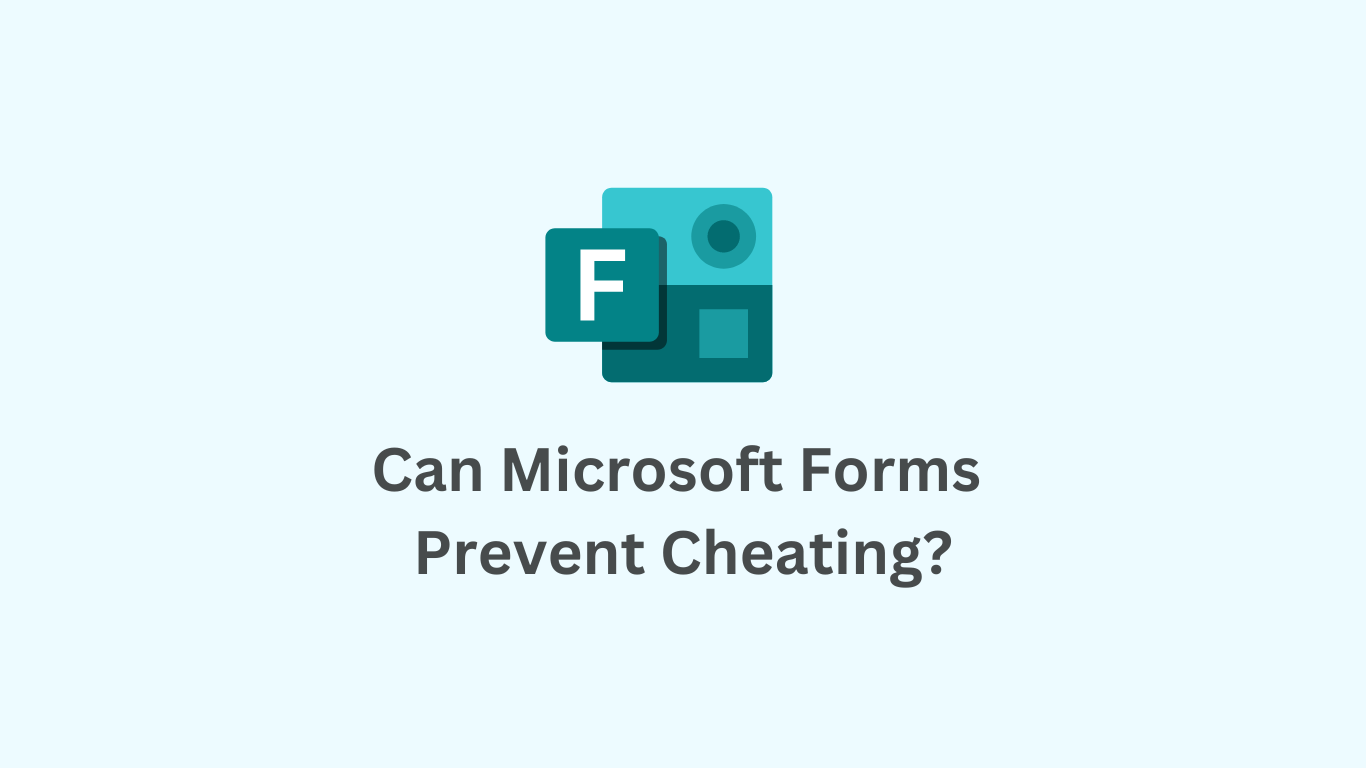Can Microsoft Forms Prevent Cheating? Exploring Strategies and Solutions
This guide explores the limitations of Microsoft Forms in detecting cheating and outlines effective strategies at overcoming them. We'll also shed light on integrating AutoProctor to bolster security.

As online testing becomes integral to hiring and education, concerns about cheating persist. This guide explores the limitations of Microsoft Forms in detecting cheating and outlines effective strategies at overcoming them. We'll also shed light on integrating AutoProctor to bolster security.
Challenges in Cheating Detection with Microsoft Forms
Microsoft Forms, a versatile quiz creation tool, faces challenges in detecting cheating. These limitations include:
- Limited Proctoring Features: Microsoft Forms lacks advanced proctoring features, such as facial recognition or screen monitoring, making cheating detection challenging.
- Security Gaps: Without additional security measures, it may be vulnerable to various cheating tactics, such as using external resources or seeking help from others.
- No Tab Switching Detection: Microsoft Forms cannot identify if participants switch tabs during the test.
- No External Assistance Monitoring: It cannot detect if someone else is present during the test or if the screen is being shared to acquire answers from external sources.
Recognizing these limitations is crucial for test conductors aiming to create a secure testing environment and address the challenges associated with online assessments.
Addressing Cheating Concerns with AutoProctor
Cheating is a growing concern in online exams, especially in the context of Microsoft Teams. A concerned teacher's son raised an important question on the Microsoft Community Page, expressing fears about candidates potentially sharing their screens with third-party programs during online exams. This underscores the need for robust anti-cheating measures.

AutoProctor serves as a comprehensive solution to these concerns. Seamlessly integrating with Microsoft Forms, AutoProctor employs AI proctoring, ensuring a secure testing environment by detecting and preventing various forms of cheating, including screen sharing with unauthorized programs.
Integrating AutoProctor with Microsoft Forms
While Microsoft Forms itself may not have advanced cheating detection, integrating AutoProctor can significantly enhance its security features.
Benefits:
- Utilize Microsoft Forms As-Is: Leverage Microsoft Forms and its existing features while considering additional solutions for heightened security.
- Implement Timer Integration:In addition to Microsoft Forms timer feature, use AutoProctor's timer for more control over the time window.
Why AutoProctor is a Game-Changer
AutoProctor revolutionizes online testing by seamlessly integrating with Microsoft Forms, providing an advanced solution to prevent cheating. Its features ensure a secure and fair testing experience for test conductors and test takers alike.
Pros:
- Initiation with Face Recognition: Ensuring a transparent and monitored testing session, AutoProctor initiates tests only after detecting the test taker's face.
- Advanced Violation Tracking: Beyond traditional proctoring, it captures switched tabs, records background noise, and generates a comprehensive violation report, empowering test admins with actionable insights.
- Trust Score System: Assigning a Trust Score, ranging from 0% to 100%, based on the type, frequency, and duration of violations, this score serves as a valuable indicator of the test taker's adherence to the testing guidelines.
- Random Photo Capture: Enhancing security by taking random photos throughout the test, AutoProctor ensures continuous monitoring of the test-taking environment.
- Full-Screen Testing: Forcing the test to happen on full screen results in test takers not being able to switch tabs or access external resources.
Conclusion: Safeguarding Online Assessments
While Microsoft Forms may have limitations in cheating detection, integration with AutoProctor overcomes these challenges. By combining the strengths of both tools, test conductors can enhance the integrity of online assessments, fostering a fair and authentic evaluation of test taker's knowledge and skills.

